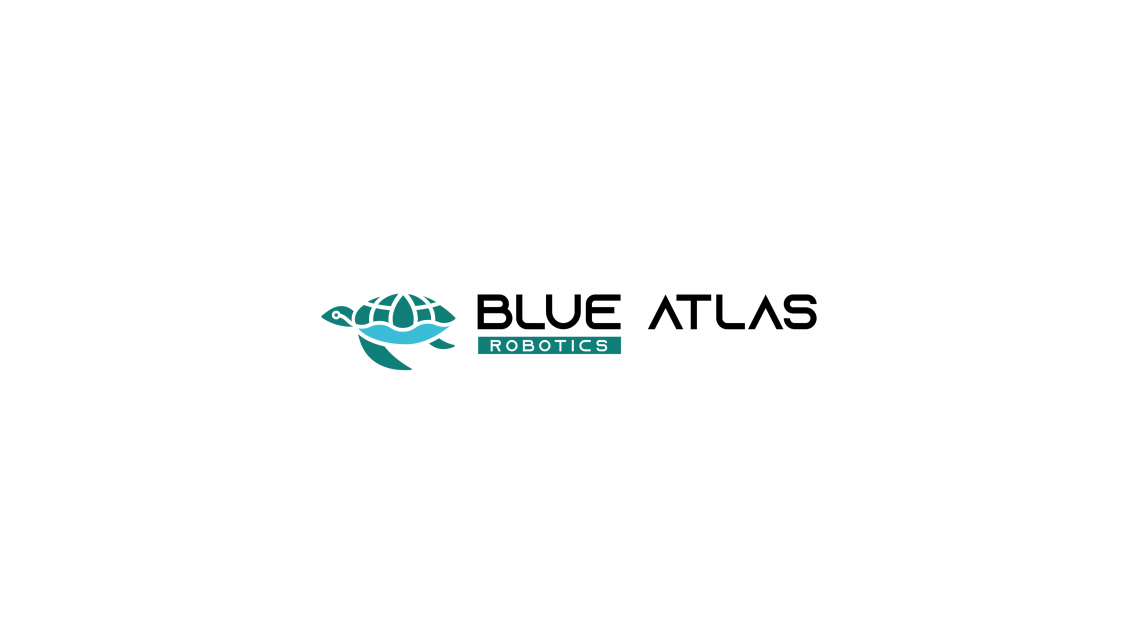Blue Atlas Robotics was founded by Mads Andersen and Oleksandr Slovak with an aim to promote easier human interactions under water. The result is an underwater robot that harnesses high-precision advanced photogrammetry techniques to inspect vessels, ports, and other marine structures to improve maintenance efficiency and protect the environment. The clear, stable visual outputs of the robot can be transformed into detailed, full-colour 3D models of large areas, providing quick and comprehensive underwater area documentation.
The Challenge
The build-up of marine growth on a vessel bottom (known as biofouling) poses a number of challenges for the maritime industry and the environment.
- Firstly, it can increase fuel consumption by as much as 62.5%. With fuel prices currently at record levels, it has never been more important to find a faster, cheaper, and easier way to perform hull maintenance than traditional inspections.
- Secondly, as this marine growth grows and spreads, slime and calcareous growths build up. These, on their own, can increase greenhouse emissions by up to 55% for an average length container ship.
- Thirdly, the build-up of marine growth on areas such as propellers or sea chest grates, can cause major problems for the ship including engine overheating and the premature wear of components.
This marine growth can also include invasive species, meaning that as a ship travels around the world, it can both pick up and deposit species that can have devastating effects on vulnerable and native species, harming and potentially destroying habits. Shipping is thought to be responsible for as much as 70% of the spreading of these harmful invasive species.
The Solution
Blue Atlas’s Sentinus is a self-steering underwater inspection robot that uses its 6-camera system to meet the following three sustainable development goals:
- Fuel Reduction – The Sentinus can inspect an area 100m2 in size in approximately 7 minutes. The result is a detailed and interactive 3D point cloud model, making it possible to track fouling growth rates and know the most cost-efficient time to clean a vessel.
- Marine Pollution Reduction – With faster, cheaper, and more regular checks of vessel bottoms, build-ups of slime and calcareous growth can be limited or removed much earlier, reducing greenhouse gases from marine pollution.
- Invasive Species Reduction – With documentation accuracy down to the millimetre, it is possible to know exactly what species are growing on a vessel and reduce the spread of invasive species by up to 50%.
As well as being used to reduce fouling and the spread of invasive species. The Sentinus can also be used to inspect vessels, ports, and other marine structures to identify damage, areas of corrosion, wear marks, and general surface conditions.
Proof
Customer Testimonial
“We have a saying: ‘The older LE34 gets, the more modern we become.’ We believe in delivering the best, most innovative data possible to our clients – and Blue Atlas Robotics’ robots are an immense help in gathering such data.”

